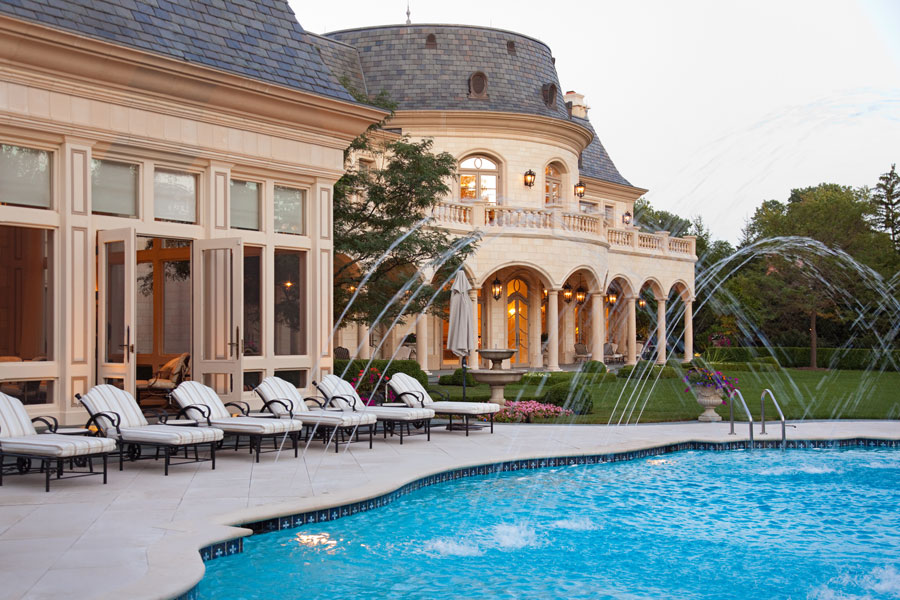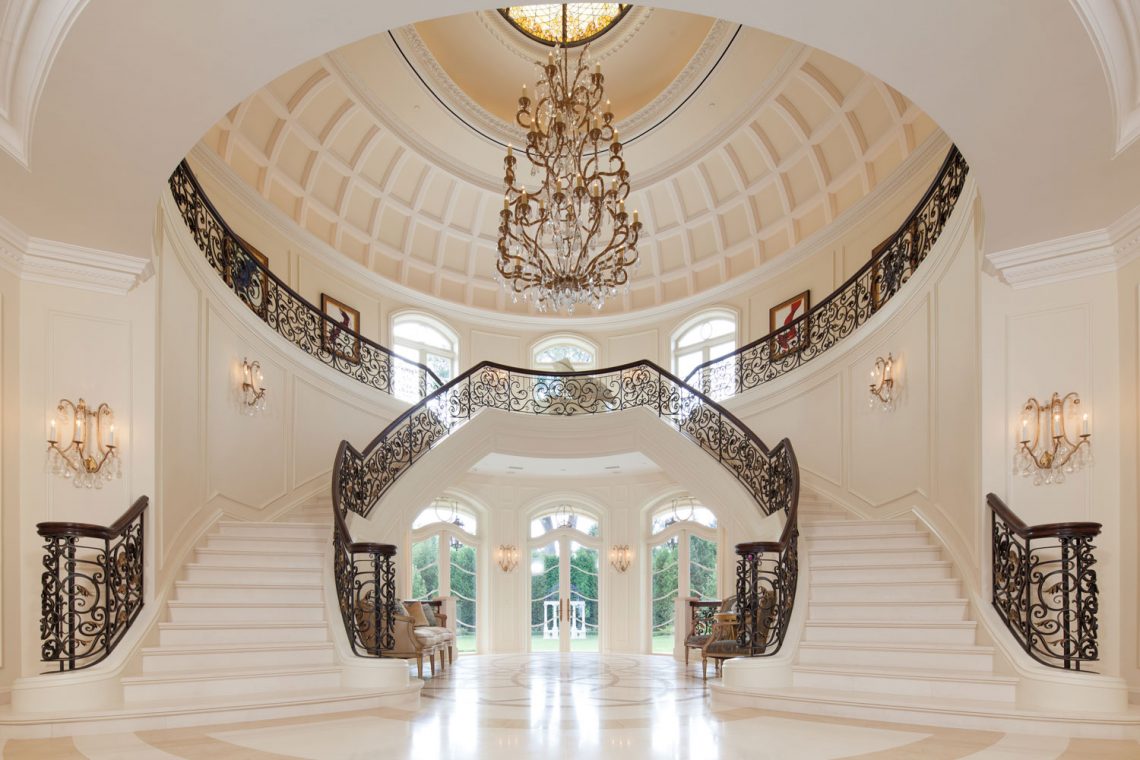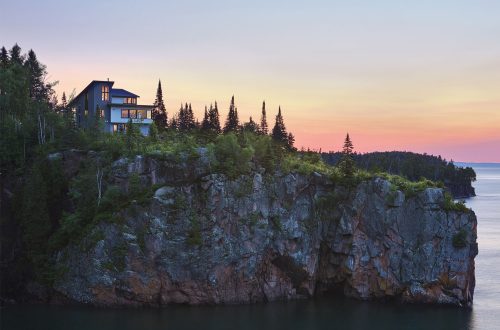Photography has been an important tool in documenting the human experience since early experiments in the heliograph and daguerreotype captivated both innovator and subject alike nearly two centuries ago. It is an art and practice in visual communication; both objective and subjective in recording the cultural, social, and natural world.
It is a craft that is arguably one of the most significant inventions since the printing press, with genres and artistic styles that run the gamut from objective photo-journalism and montage portraiture to abstract landscapes and naturalistic architecture.
Great Lakes By Design Magazine spoke with some of the photographers in the region to learn more about their work, inspiration, and design process.

Sarah Miller, Ryan Miller |
MILLER + MILLER Architectural Photography
Chicago, Illinois
MILLER + MILLER Architectural Photography is based in Chicago and owned and operated by Ryan Miller and Sarah Miller. The couple is well-tenured in design, with more than 30 years of collective experience in photography, videography, and graphic design. They met in art school almost 20 years ago and have since made it their mission to keep their creativity at the forefront of their daily lives.
Great Lakes By Design: Tell me a little more about the work you do.
Ryan and Sarah Miller: [We photograph] any structure—anything from commercial, residential, retail, industrial, and infrastructure, to government, and more. We’ll find ourselves anywhere from a new high-rise and a luxury waterfront home to the top of an industrial oil tank—or hanging from a water tower or bridge. The business has taken us across 48 states and everything in between. The United States is extremely diverse in structural design and interiors; you’ll never run out of structures or properties to shoot.
What are some of the things you have to consider when photographing architecture?
Ryan and Sarah Miller: Listening, mostly—every client has a unique vision of how they’d like their subject to be represented, so it’s just a matter of speaking to them and trying to see, feel, and understand their vision. Among a long list of other variables, lighting and setting are key. Successful photographs of structures will depend heavily on the direction and quality of light, along with consideration of the setting in the surrounding environment.
How do you see design in your work—in photography?
Ryan Miller: Actually, we both have a background in graphic design, so I think [photography and graphic design] are very related to each other. When I would design a logo back then, it has the same feeling as when I compose a photograph today. It’s a visual projection of how to optimize a subject.
How is your view of a subject unique?
Ryan Miller: Since a young age, I always perceived everything in my own way. I’ve been artistic since birth. It’s been ingrained in my DNA. I was the art kid, you know? I see color extremely well for some reason. Some people use color wheels you can find online; I see a color wheel in my head.
When I walk down a street, I see compositions, color theory, and marketing strategy and design; whereas a normal person may just see the world. I don’t know, it could be a blessing or a curse depending on how you view it. But in a nutshell, the internal process I have that allows myself to blend my client’s needs with my own style to deliver solid results may be considered unique.
What has been one of your favorite subjects and why?
Sarah Miller: Recently, we photographed the most expensive residential real estate property listing on record in Chicago’s history; listed at $50 million. The mansion had an incredible, high-level of craftsmanship that went into every detail. Everything from the wood carvings, staircase, plaster moldings, and landscaping, to the tiles and ornate details was old-world craftsmanship.
The home design was reminiscent of European, hand-carved architecture from the 1600s. The 25,000-square-foot home was entirely custom and all hand-crafted—unique and luxurious in every way possible. A lot of designers will call some design unique, but when design are used over and over again, they start to feel like they’ve been stamped or pressed out.
Do other photographers influence your work? Any designers?
Ryan Miller: Steve Hall and Nick Merrick are architectural photography legends. They’ve been in the business as long as I’ve been alive. Their work is master-level. Mike Kelley is one of our favorites. He has an exciting business model, next level work, and looks like he just has a lot of fun with the business.
But it’s hard to look at our favorite photographers and not be too influenced by them. I don’t want to be too influenced by a photographer’s style and have someone say, ‘you copied so-and-so.’
We try to blaze our own trail and set ourselves apart from the competition. Inspiration is subconscious and design is a magical thing; if you look from within, it comes to you.
Has your eclectic collection of subjects informed your work with architecture? If so, how?
Ryan Miller: There’s a lot of cross-learning. I put a lot of people in motion in my photographs. Headshots are very critical on choice of lighting—same with nature landscapes. I like to include the environment around my architectural photography, along with subjects. Shooting natural scenes has really helped place my subjects in the right environment. It helps give my architecture work a lifestyle feel.
Sarah Miller: It also depends on the client’s marketing strategy. If it’s an urban environment, they might look for shots with the skyline or cityscape. In luxury and rentals, they might want to show off the building’s amenities. It’s not only the property itself photographed, but often the design’s intent or lifestyle it evokes.
Text: R. Collins, Tyler Fleser, R.J. Weick






